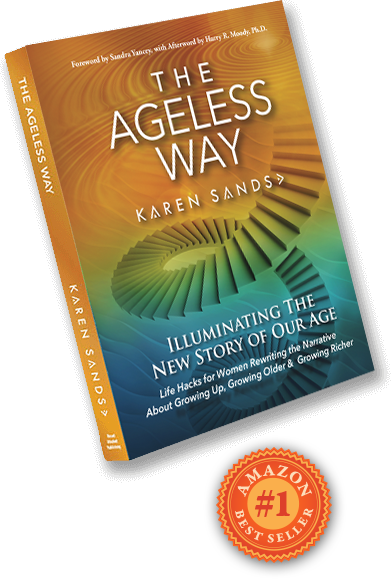 In Seth Godin’s blog post, he makes an excellent point about why we sometimes don’t get very far in our endeavors, even when we are taking action every day. Often out of fear, our actions are either too small, too easy, to get us anywhere, or, out of our impatience, they are too big and doomed to fail. The secret, he contends, is to set difficult but achievable goals.
In Seth Godin’s blog post, he makes an excellent point about why we sometimes don’t get very far in our endeavors, even when we are taking action every day. Often out of fear, our actions are either too small, too easy, to get us anywhere, or, out of our impatience, they are too big and doomed to fail. The secret, he contends, is to set difficult but achievable goals.
This is an excellent point that we should all take to heart, but I’d like to take it a step further. Even difficult achievable goals won’t take us where we want to go if we don’t have a clear idea of where we’re going in the first place. Without a big picture view, a vision, that ties together every action we take, we could end up at the wrong destination, the place where achievement and success ring hollow because we still feel unfulfilled. Worse, perhaps, is that our steps could lead us in many different directions, without reaching any destination, feeling scattered and overwhelmed, thinking, I’m working so hard. Why aren’t I getting anywhere?
One of the first steps you need to take is to redefine what success means to you. Without a clear idea of how you personally define success—not how you used to define it, and certainly not how others define it—you won’t be able to map out the steps to get there, and you won’t be able to measure your progress along the way.
But even more important is a step many people leave out, even those with a big picture view, a vision, and difficult but achievable goals to get them there. You have to periodically stop and reassess. Are the actions you’re taking still moving you toward your vision, or have you veered off course? What have you learned along the way? Do you need to fine-tune your plan or even your vision? What creative insights can you gain from your mistakes or from results that didn’t turn out the way you thought they would, or even expected results that didn’t feel the way you thought they would?
This is a crucial step, but it’s also a fine line to walk. It’s easy to turn reassessment into second guessing, not based on continuous improvement but based on insecurity and fear. You need to be brutally honest with yourself about your reasons for wanting to make changes to your game plan, as well as your reasons for not wanting to change. It helps to feed your intuition with facts, so that they work in partnership. Continuous improvement requires continuous lifelong learning, about who you are, what gifts you bring to the table, what knowledge and skills you need to acquire, and what the world around you needs and how your actions and vision intersect with those needs.
Staying in tune with the flow of everything around you, and adapting constantly to that flow, is the difference between having a vision and being a visionary.
What big picture view ties together all your actions? Do you have periodic reassessment built into your game plan?
Amazon #1 Best Seller Author of 11 books including The Ageless Way, Gray is the New Green, Visionaries Have Wrinkles, The Greatness Challenge and more.








Leave a Reply
You must be logged in to post a comment.